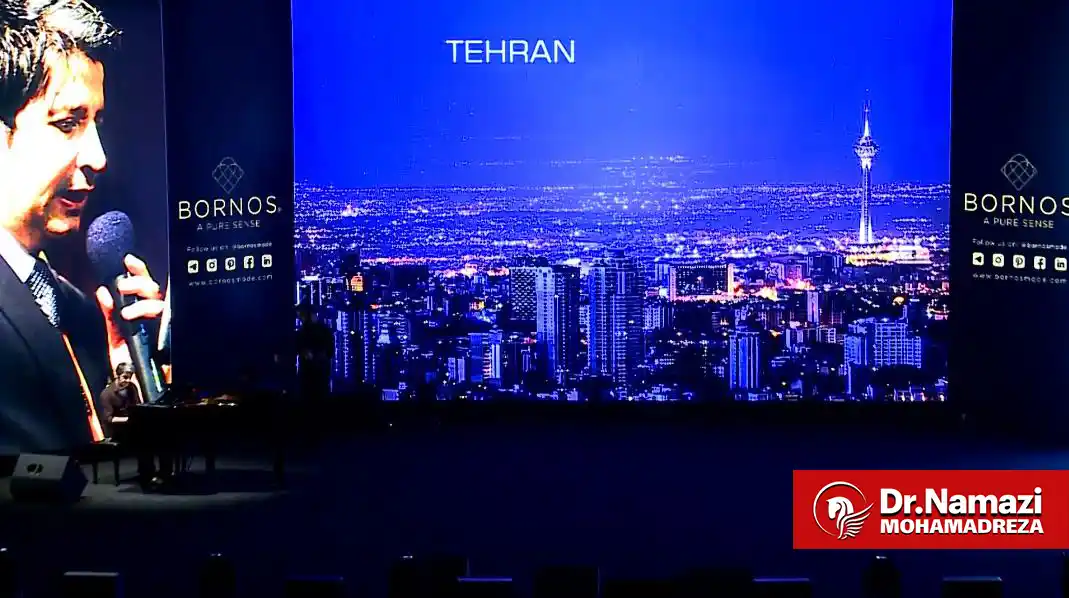Elevator Pitch | Dr Mohammad Reza Namazi
The Elevator Pitch in Business: Mastering the Art of Impact in Seconds Introduction
In the fast-paced world of modern business, time is not just money—it’s opportunity. Every interaction could be a gateway to a new partnership, investment, or breakthrough. But what if you only had 60 seconds to pitch your idea, business, or personal brand?
Welcome to the world of the Elevator Pitch—a brief, persuasive speech that you can use to spark interest in what you or your company does. Whether you're at a networking event, a conference, or quite literally in an elevator, a well-crafted elevator pitch can be the first step in opening major doors.
What Is an Elevator Pitch?
An elevator pitch is a succinct and compelling introduction to yourself, your business, or your idea. It's called an “elevator pitch” because it should be short enough to present during a brief elevator ride—typically 30 to 90 seconds.
The goal? To capture attention, build curiosity, and initiate a deeper conversation.
Why Does It Matter?
1. You Have Limited Time
People are busy, and attention spans are short. If you can't explain your value quickly, you risk being ignored.
2. First Impressions Are Powerful
Psychology tells us people form first impressions in seconds. A strong pitch can help you stand out immediately.
3. It Converts Casual Encounters into Opportunities
Great elevator pitches have led to investments, job offers, clients, and partnerships—just from a chance encounter.
Key Elements of a Strong Elevator Pitch
A successful elevator pitch is structured, purposeful, and delivered with confidence. Here are the essential components:
1. Who You Are
Start by clearly introducing yourself and your role or business identity.
2. What Problem You Solve
Define the pain point or challenge that your product, service, or idea addresses.
3. Your Unique Solution
Explain how your solution works and what makes it unique or better than alternatives.
4. Proof or Value
Add credibility: Mention outcomes, results, or impact if possible.
5. A Clear Call to Action
End with a purpose—suggest a meeting, exchange contact info, or invite further discussion.
Formula for Crafting Your Elevator Pitch
Here’s a simple template you can use to design your pitch:
“Hi, I’m [Name], and I help [target audience] solve [problem] through [your solution]. Our approach is unique because [key differentiator], and we’ve helped [example/result]. I’d love to tell you more—do you have a moment?”
Example:
“Hi, I’m Sarah, co-founder of GreenFlow. We help small businesses reduce energy costs through smart AI-powered consumption tracking. Our clients save an average of 30% annually. Would you be open to a quick follow-up meeting next week?”
Best Practices for Delivery
✅ Keep It Conversational
Avoid sounding like a rehearsed robot. Speak naturally, with confidence and enthusiasm.
✅ Tailor It to the Audience
Customize your pitch based on who you're talking to (investor, customer, potential partner, etc.).
✅ Show Passion
Your energy can make the difference between a forgotten pitch and a memorable one.
✅ Practice Relentlessly
Great pitches are polished through practice. Rehearse with colleagues, mentors, or even in front of a mirror.
Common Elevator Pitch Mistakes
🚫 Speaking too long or too fast
🚫 Using technical jargon
🚫 Failing to explain the real benefit
🚫 Lacking a specific call to action
🚫 Appearing uninterested or unsure
Tips to Make Your Pitch Unforgettable
- Use vivid, simple language
- Incorporate a statistic or short story
- Ask a thought-provoking question
- End with a smile and a follow-up plan
Beyond the Elevator: Where to Use Your Pitch
- Networking Events
- Job Interviews
- Investor Meetings
- Sales Calls
- Online Profiles (e.g., LinkedIn About Section)
Conclusion
Your elevator pitch isn’t just a tool—it’s your verbal business card, your opportunity to spark interest and open doors. With practice, clarity, and a bit of passion, you can turn brief moments into breakthrough conversations.
So next time someone says, “Tell me what you do,” you won’t hesitate. You’ll deliver a pitch that informs, engages, and impresses—in less than a minute.
Because in business, every second counts.
Author:Dr Mohamadreza Namazi




